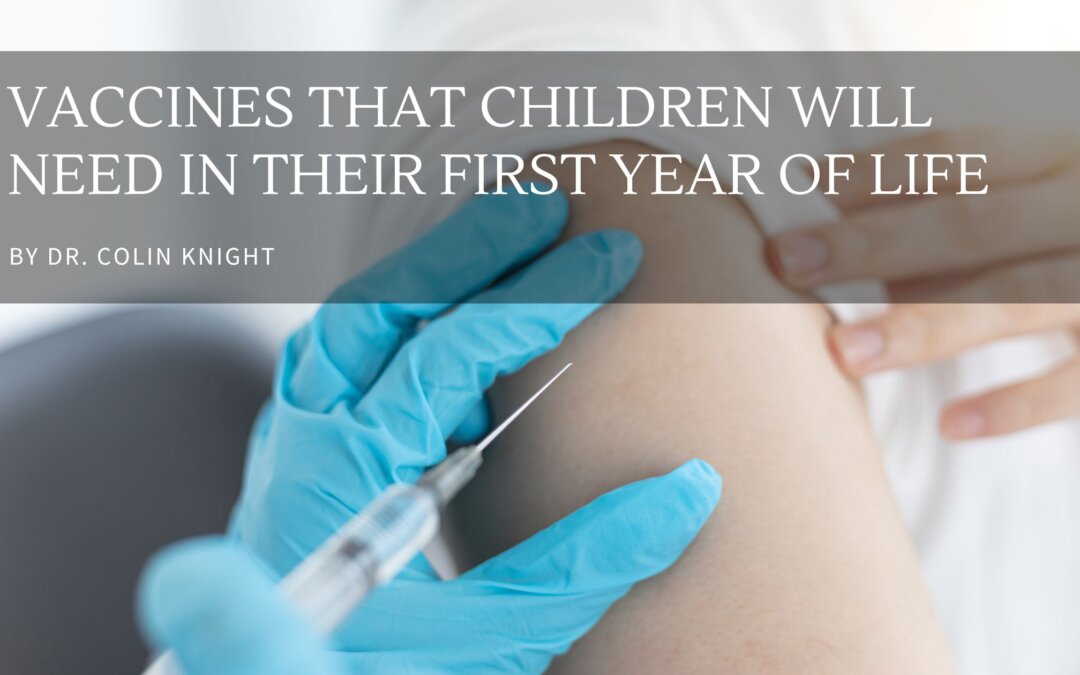Vaccines are an essential part of a child’s healthcare regime. They protect children from a range of illnesses and diseases that can be life-threatening. The first year of a child’s life is particularly critical, as their immune system is still developing. Vaccines given during this period can help safeguard children’s health and well-being and prevent the spread of infectious diseases.
The first vaccine that a child will receive is the Hepatitis B vaccine. This vaccine is typically given within the first 24 hours of a child’s life. Hepatitis B is a viral infection. Untreated, it can lead to liver disease and cancer. Infants contracting the virus are at a higher risk of developing chronic liver disease later in life. The vaccine is given in three doses, the second at one to two months of age and the final at six to eighteen months.
The next vaccine that children will receive is the Rotavirus vaccine. Rotavirus is a highly contagious virus that can cause severe diarrhea, vomiting, and dehydration in infants and young children. The vaccine is given orally and is typically administered at two, four, and six months of age.
The third vaccine that children will receive is the DTaP vaccine. This vaccine protects against diphtheria, tetanus, and pertussis (whooping cough). Diphtheria is a bacterial infection. It can cause breathing difficulties, heart failure, and paralysis. Tetanus is another bacterial infection that can cause muscle stiffness and spasms and can be life-threatening. The respiratory illness pertussis is infectious and may cause violent cough outbursts and breathing problems. Five doses of the DTaP vaccination are administered, the first at two months of age and the last between four and six years.
The fourth vaccine that children will receive is the Hib vaccine. Hib (Haemophilus influenzae type b) is a bacterial infection that can cause meningitis, pneumonia, and other severe infections in young children. The vaccine is given in three or four doses, the first at two months of age and the final at twelve to fifteen months.
The fifth vaccine that children will receive is the PCV13 vaccine. PCV13 (Pneumococcal conjugate vaccine) protects against thirteen strains of pneumococcal bacteria and, in turn, wards off pneumonia, meningitis, and other serious infections. The vaccine is given in four doses, the first at two months of age and the final at twelve to fifteen months.
The sixth vaccine that children will receive is the IPV vaccine. IPV (Inactivated poliovirus vaccine) protects against polio, a viral infection known to cause paralysis and death. Polio is now rare due to widespread vaccination efforts, but it is still present in some regions. The vaccine is given in four doses, the first at two months and the final at four to six years of age.
The seventh and final vaccine children will receive in their first year of life is the influenza vaccine. The flu can cause severe complications in young children, including pneumonia and dehydration. The vaccine is given annually, starting at six months of age.
